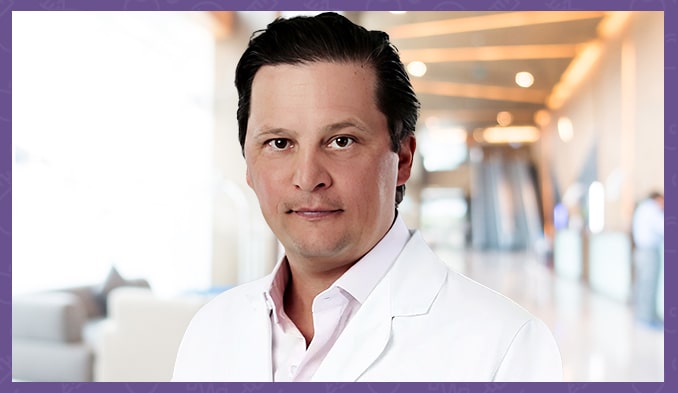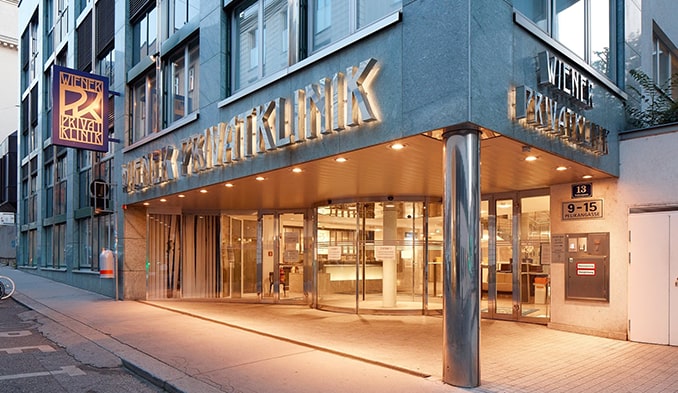-
What does the surgical treatment aim to achieve?
When treating bone fractures, the priority is to restore the bone structure and apply methods that inflict as little load as possible. Founded in 1958, the AO Foundation, in Switzerland, performs classifications of fractures and provides a variety of ideas and approaches for their treatment. For many years, I myself was an international instructor at the foundation, at their base in Davos.
-
Which types of bone fractures most often require surgical intervention?
Surgical intervention is necessary for all fractures in the joint area. When the patient has other fractures, such as a dislocation of a bone, surgery must again be performed.
-
In the treatment of bone fractures, what are the most common methods used?
In my practice I apply a variety of techniques. Usually I use k-wires, plates, screws and nails. The main goal in our work is to take the least invasive approach to treatment. In this way, we are able to find the fractures through incisions only, without surgical wounds being made. In the presence of fractures inside the bones, the application of arthroscopic methods can contribute to better treatment results.
-
What are the correct surgical strategies depending on the nature of the different fractures?
In cases of fractures of a milder nature, approaches with minimal tissue disruption are usually used. In complex fractures with a large number of comminuted bone elements, it is sometimes necessary to resort to traditional surgical methods in which open incisions are made in the skin and tissues. Even in fractures of long bones with cracks, such as the femur or tibia, medical intervention with closed incisions and the use of nails may be chosen. The principle is similar for humerus fractures, where plates are placed in a minimally invasive manner through 2 to 4 access holes.
-
What are the possible complications that can occur after surgical treatment of bone fractures?
Among the common complications are nerve damage, infections and thrombus formation. In order to prevent these, we administer a single course of antibiotics during treatment. With the minimally invasive methods we use in our practice, we have limited the possibility of a patient developing infections to less than 0.3% for all cases. For patients undergoing lower extremity or spine surgery, we administer an anticoagulant, most commonly Enoxaparin, until they reach about 80% of their usual mobility. This is done in order to prevent thromboses from forming. To avoid nerve damage it is important that the surgeon has the experience and skill to perform the operation. Such cases are extremely rare in my practice. After more than 20,000 operations have been performed, they can sometimes still occur, especially in complex fractures, and in most cases they are temporary.
-
What is the recovery period after surgery?
In most cases, patients are discharged the day after the treatment. However, to ensure convenience and quick rehabilitation, the patient may stay for a longer period of time. We encourage our patients in the use of various methods that enable them to start weight bearing in a short period after surgery or to use the operated body part. In some cases, when a patient has internal fractures, they need to limit their movement and excess weight bearing for a period of about 6 weeks.
-
Is help available for rehabilitation of patients after the surgery itself?
Detailed guidance on the early stages of rehabilitation, for example during the first 6-8 weeks, is always provided to our patients. With the help of a committed physiotherapist, these guidelines usually produce excellent results.





